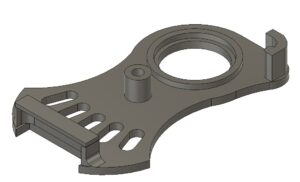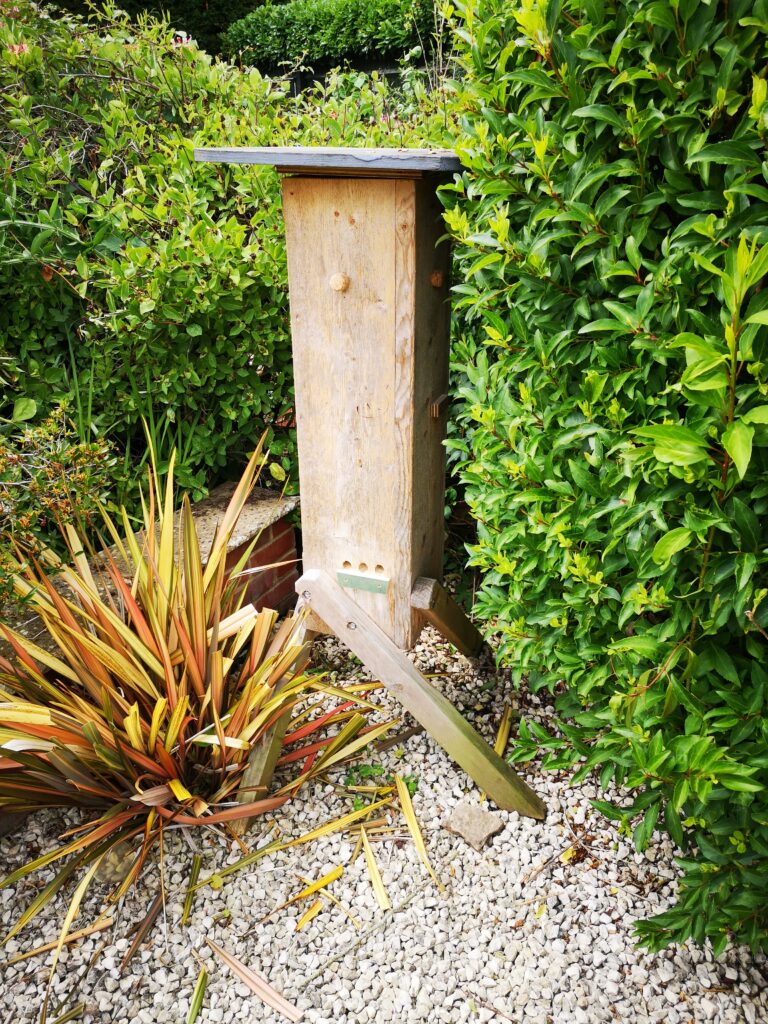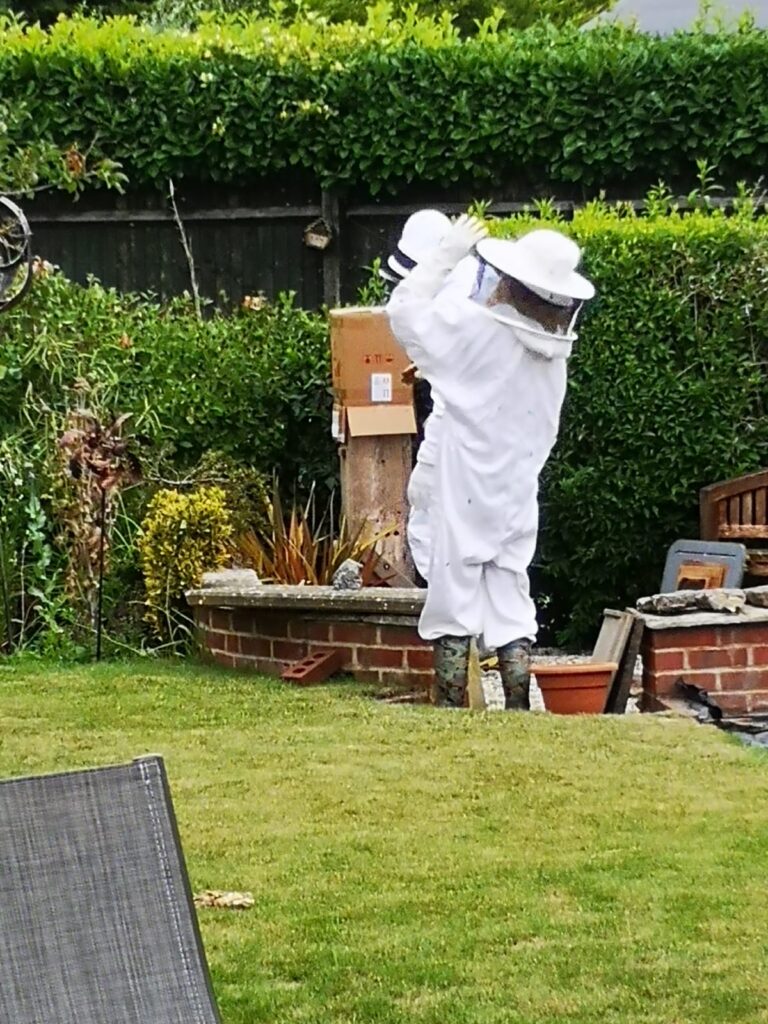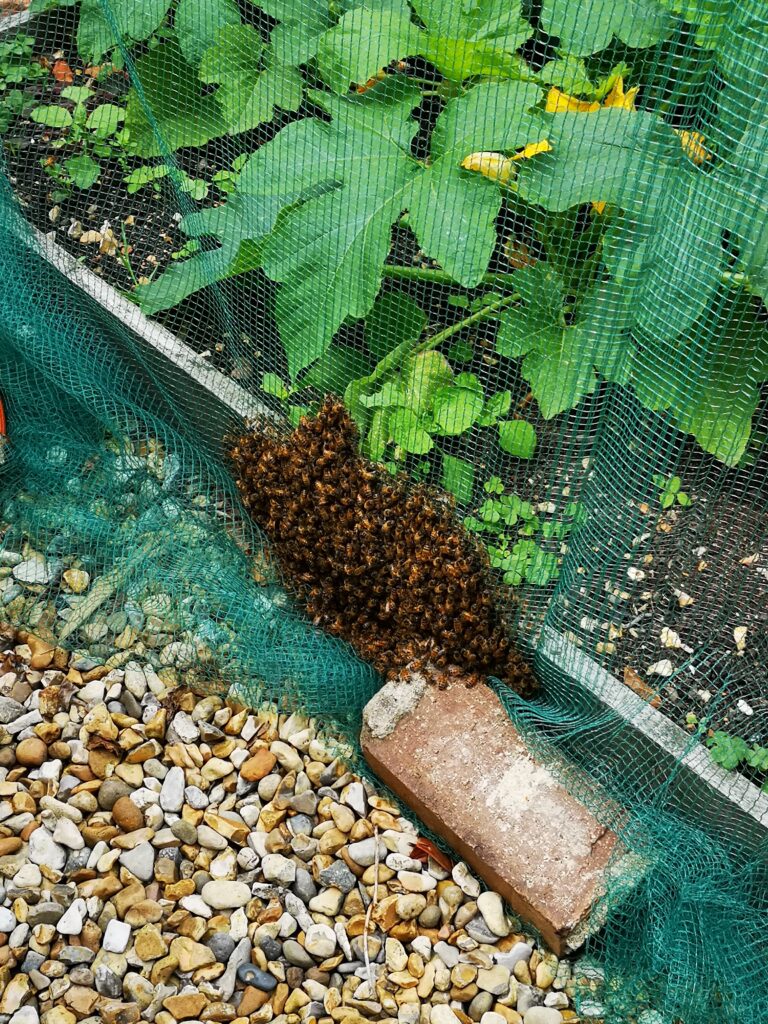We are sitting in quarantine and now on Day 5. Not really any different to how we were before we went to France and when we were in France – just different jobs around the house and workshop and zero outside contact other than food deliveries. (My wife gets very excited at the prospect of seeing the deliveries arrive).
I got fed up with the boot warnings on Fusion 360 that Win7 would not be supported so I decided that I would upgrade to Win10. My machine is fairly well spec’d so there was no great desire to upgrade to a new machine. It was i7 based and had 32MB of memory with a 250GB SSD and a 1TB secondary drive. Both drives were pretty full and into red warnings so I bit the bullet and opted for a clean load. I bought in a new 500GB for the operating system and app storage and a massive 2TB data storage secondary drive. Total cost under GBP100 which is staggeringly cheap.
Changing the hardware was simple. I bought in a SATA to USB dongle to allow the old drives to be available for data transfer and this made life a bit easier.
Loading Win10 and all my favourite apps took over a day. It is just never simple. Finding software keys is always a bit of a problem as some apps hide it away in Registry. Finding EXE loading files is another frustration. Why when you buy an app do some providers send you an email link to download direct with a licence key ? This results in nothing showing in ‘Downloads’ history to refer back to and reload the app. When you try to use the old email link it downloads the latest version and tells you that your licence key is no longer valid. When you go to their site the version that did everything you ever wanted has been upgraded and needs you to pay to now use the later version. ‘Hello .. I have paid for version X and I don’t want to pay for version Y thank you very much. Just give me a download link to restore what I know and love”. Rant over on that one.
Some weird effects on Outlook transpired. I have a GMail IMAP account and three POP accounts all loaded on Outlook. After loading I had an extra ‘Sent’ folder on the GMail folders tree which contained the Sent items from one of the POP accounts. Spent a lot of time on this and didn’t satisfactorily solve it other than deleting the contents from this duplicate folder. The messages are still there in the POP folder so not sure what that was all about.
My 3DConnexion Spacemouse loaded across fine onto Win10 but I still had a related exception error window coming up on booting the machine. This was the same as it had been on Win 7 so clearly something was common mode. I could click it and the message window would disappear but it was annoying. After some digging I traced it to Trend Antivirus. If I put the two 3dconnexions’ Windows folders into Trend as ‘Ignore’ items it all went away. Progress on that one.
So I think I now have a (mostly) stable Win 10 machine. I hate all the nanny state Windows ‘fluff’ that stops you getting quickly to things such as System\Hardware like it was in XP. In an attempt to ease this I have loaded Stardock’s ‘Start 10’ which mimics the old style Start menu and this makes me feel a bit more familiar.
Hopefully this was all worth doing and things will now go swimmingly along with no crashes and dramatic improvements in productivity …. gosh were those really pigs I saw flying past ?
Similar or related subjects : –
- TA12 USAF WW2 transmitter and 1938 Truphonic MA5T receiver
- Sending a SMS text message to the EU from UK
- Exactly by Simon Winchester
- Addis Thermopot and Derek Palmer
- Solar Energy servicing issues
- Fathers Day gift makes me smile
- Tormach PCNC440 blood donning solved
- Haimer Taster and vacuum table retrospective thoughts
- Engineering Video Favourites Updated List
- Experiences with SFR – Orange – FreeBox in France
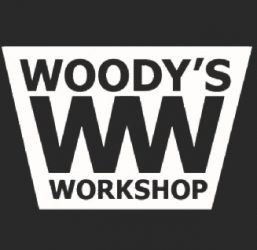

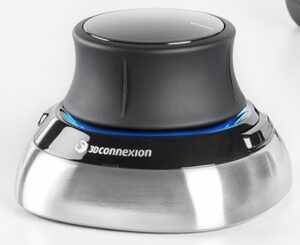 It is supplied with a soft storage pouch and there is a training course app with it which is straightforward. You can then play a quiz to see how good your hand / eye coordination is. Perhaps it is not good to dwell on the results of this ….
Initially it is certainly weird to use but then it seems to click (?) with brain and muscle memory and then becomes a major step forward when using Fusion 360. You use your left hand on the Spacemouse and the right hand for normal mouse activity.
I like it. In fact I like it a lot and wonder why I hadn’t latched onto it before now.
Hopefully it will ease the strain on my right wrist and probably pass the burden to my left wrist …. arthritis rules.
Similar or related subjects : –
It is supplied with a soft storage pouch and there is a training course app with it which is straightforward. You can then play a quiz to see how good your hand / eye coordination is. Perhaps it is not good to dwell on the results of this ….
Initially it is certainly weird to use but then it seems to click (?) with brain and muscle memory and then becomes a major step forward when using Fusion 360. You use your left hand on the Spacemouse and the right hand for normal mouse activity.
I like it. In fact I like it a lot and wonder why I hadn’t latched onto it before now.
Hopefully it will ease the strain on my right wrist and probably pass the burden to my left wrist …. arthritis rules.
Similar or related subjects : –
